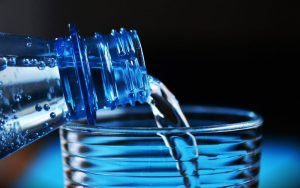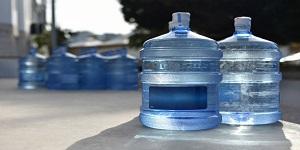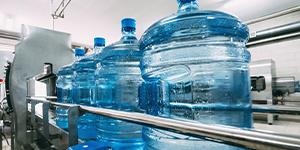Due to factors like global warming, altered land use, melting glaciers and snowpack, groundwater pumping, drying of the lands, and rising sea levels, the amount of salt water is presently rising relative to freshwater.
While some places experience more precipitation than others, most regions experience increasingly unpredictable and varied temperature and precipitation patterns. Some regions currently see less precipitation than others did in the past. With unpredictable effects, the world’s polar and high mountainous regions are warming significantly more quickly than other locations.
Weather patterns, regional climate change, unsustainable water usage, and water diversions interact with global climate change to produce dramatic effects like the reduction of freshwater resources. Call the water supply company in Dubai!
The amount of fresh water and the surface area of water bodies decrease as a result of climate change’s effects on the hydrological cycle over lakes, wetlands, and other stationary (lentic) water systems. Warmer weather speeds up evaporation over water bodies and nearby land, but it also takes longer for the atmosphere to get saturated with water, which leads to rainfall. As a result, water that has evaporated from a body of water may be carried away before it may fall as rain in its own basin. The demand for agricultural water rises as the basin gets drier and less runoff into the body of water and its connected rivers and wetlands.
In addition to flooding, tornadoes, and cyclones, excessive rainfall causes avalanches, mud slides, soil erosion, and pollution, all of which contribute to infrastructure damage, fatalities, and injury. Due to drought, severe wildfires, sandstorms, soil deterioration, and increased competition for water resources brought on by insufficient rainfall, these products frequently experience accelerated shrinkage and loss. Better management and administration of freshwater resources are required because of the serious socio-political, economic, environmental, and ecological implications of these realities and hazards as a whole. Contact us for water tank rental in Dubai!
Lack of fresh water
For the requirements of people and ecosystems as well as for the SDGs to be met, sustainable freshwater sources from groundwater and surface water sources are essential. Water shortages are frequently caused by excessive extraction. There is debate about whether the origin of water scarcity is physical, economic, or even political, but a lack of infrastructure coupled with rapid population increase can result in economic water scarcity. For a given usage, water of the proper volume and quality isn’t always accessible when it’s needed or in the ideal location.
Water shortage is a problem that is frequently handled in regions of the industrialised world (including Europe, North America, and Australia) by building significant water infrastructure projects like dams, long-distance pipelines, and desalinization plants. Regions like the Middle East, Africa, and Asia must manage water scarcity in novel and scale-appropriate methods, such as water governance, rainfall collection, and wastewater recycling, eclipsing the traditional solutions of the history. This is due to predicted patterns in population increase.





